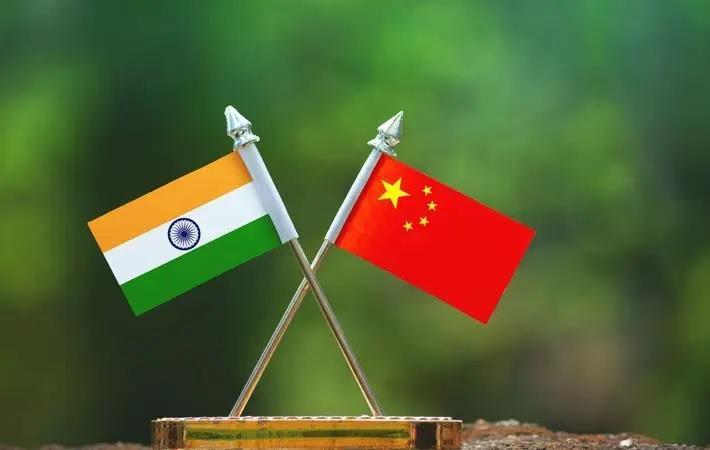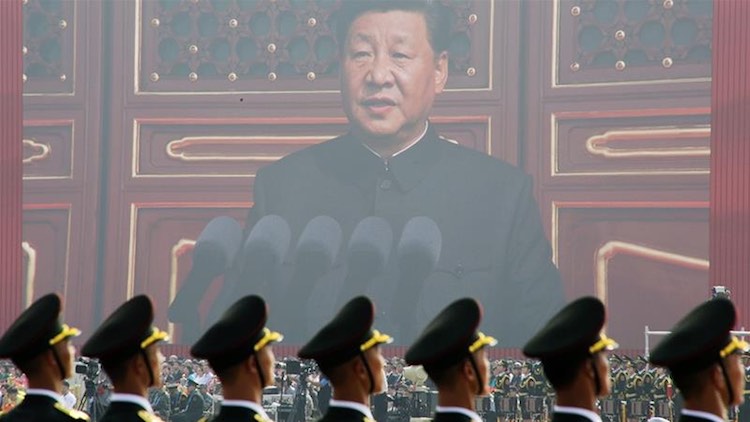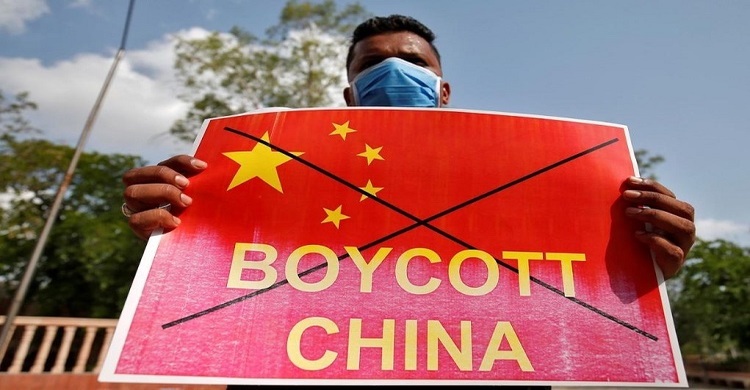Chinese Checkmate and Challenges

India has been in a face-off situation for decades and Chinese imperialism is not new. The number of intrusions since 2016 is on the increase in terms of territory grabbing for improving its defence posture. 2019 saw exponential heightened incursions to the tune of 663, which is the highest ever.
Their strategies and foreign policy is like Chinese noodles: sticky, entangled and spicy. For the first time the middle kingdom tasted the recipe and found it hot and sour, much beyond the acceptable spice content. India has been firm yet flexible in its approach in handling the high octane tension in the tough and rugged terrains of the Himalayas.
The Dragon thought that during the pandemic it can slice some of the strategic piece of land in the Himalayan region. The operation was well timed, well-orchestrated and badly executed. China is aware that a strategic aim of gaining physical territory against India is difficult to achieve and therefore aims to extract tactical gains. China wants to prevent India from strengthening its links with the LAC (Line of Actual Control) The TRISHAKTI approach which India adopted paid dividends both at local as well as global levels, i.e. Ranneeti (Military diplomacy), Kutneeti (Diplomacy) and Rajneeti (Politics). Firstly, the military diplomacy was well thought out much before this episode and the credit goes to Mr. George Fernandes, the former Defence Minister, who moved to focus on China more than on Pakistan and his vision and strategic thinking today came in handy to save the situation. The Kargil Review committee post the Kargil war gave recommendations to have dedicated formations overlooking China, the raising of 14 Corps and subsequently the Mountain strike Corps, which adds punch to our power. The military asymmetry was narrowed down to a great extent with more skilled, trained and battle hardened troops and the dropping of the image of second mover. The joint exercises with friendly foreign armies was nothing but a projection of coalition power that can form and be pitted against China should things escalate

The Dragon thought that during the pandemic it can slice some of the strategic piece of land in the Himalayan region. The operation was well timed, well-orchestrated and badly executed. China is aware that a strategic aim of gaining physical territory against India is difficult to achieve and therefore aims to extract tactical gains. China wants to prevent India from strengthening its links with the LAC (Line of Actual Control) The TRISHAKTI approach which India adopted paid dividends both at local as well as global levels, i.e. Ranneeti (Military diplomacy), Kutneeti (Diplomacy) and Rajneeti (Politics). Firstly, the military diplomacy was well thought out much before this episode and the credit goes to Mr. George Fernandes, the former Defence Minister, who moved to focus on China more than on Pakistan and his vision and strategic thinking today came in handy to save the situation. The Kargil Review committee post the Kargil war gave recommendations to have dedicated formations overlooking China, the raising of 14 Corps and subsequently the Mountain strike Corps, which adds punch to our power. The military asymmetry was narrowed down to a great extent with more skilled, trained and battle hardened troops and the dropping of the image of second mover. The joint exercises with friendly foreign armies was nothing but a projection of coalition power that can form and be pitted against China should things escalate


Latest Videos
















